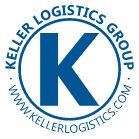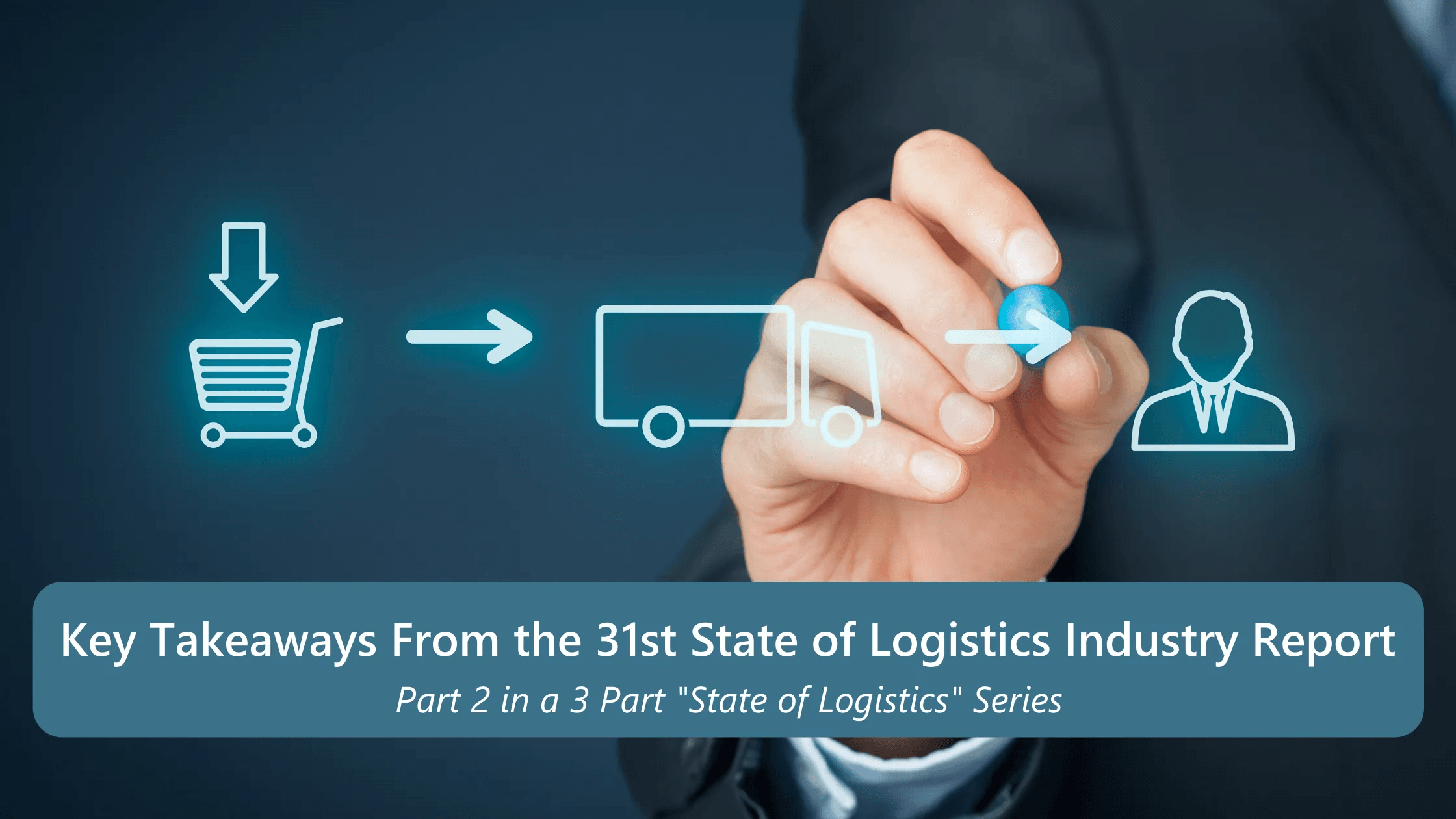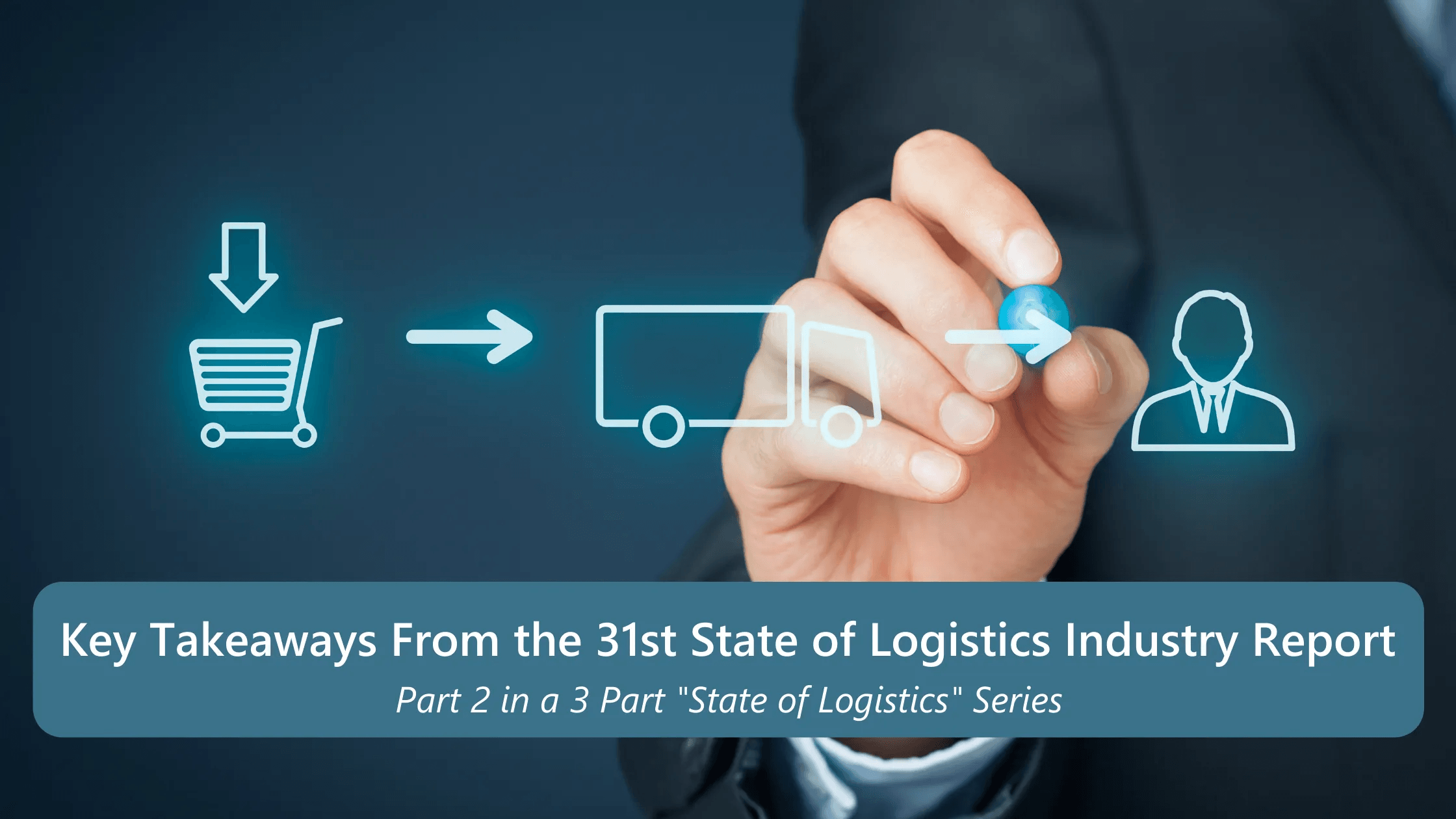Recently the Council of Supply Chain Management Professionals (CSCMP) released their 31st Annual State of Logistics Report. This thorough industry analysis featured 63 pages of detailed information that dove into the logistics of 2019 and 2020 and offered valuable insight framing the industry’s future. As the group explored the devastating effects of the COVID-19 pandemic and examined the pros and cons of various leading players’ responses, it painted an image of tried-and-true resiliency.
From the beginning, the report established the industry’s essential status and value in today’s society. One of the group’s main goals was to provide a clear long-term picture of logistics. With a heavy emphasis placed on the need to make smart investments in technology to enhance industry collaboration, the CSCMP predicted a long road of recovery ahead for most supply chains. Despite the added challenge of a shift from single-source operations prioritizing cost paired with an economy that’s taken several hits in such a short span, the healing process is in motion.
For those who prefer a TL;DR (too long; didn’t read) version, here are the CSCMP’s highlights from the past year. We have included some of our key takeaways from their assessment of the current state of logistics.
The “old normal”
Coming off the highs of 2018, 2019’s U.S. logistics industry experienced a slight dip from 7.9 to 7.6 percent of GDP. This is not necessarily a negative, however, with the CSCMP noting that this percentage “felt like a return to normal” from the previous year’s significant capacity shortages and rapid expansion and represented a rise in productivity. The sudden coronavirus outbreak, however, has placed an intense focus on improving critical functions as a means of survival.
With disruptive delays, uncertainty surrounding demand, and a potential second COVID-19 wave looming, finding ways to evolve became an absolute must. The report projected that “the new normal” will feature limited capacity and increased flexibility rather than just-in-time practices relying on limited sourcing options. These changes primarily resulted from the need to cope with all of the risk and uncertainty introduced by the pandemic as well as other significant external factors like ongoing trade tensions.
As e-commerce soared due to shelter-in-place requirements, companies adopted automation at a much faster rate than they probably would have otherwise, rushing shippers to develop more efficient strategies to improve service and reduce costs. The benefits digitization can provide in the short term, such as automatic labeling, tracking, and recording of practically every critical data-point, has restored many companies’ faith in technology.
It’s become apparent that physical labor won’t provide the same level of accuracy, efficiency, and transparency today’s supply chains need to stay successful. Many industry leaders started recognizing how improving collaboration could help their company create even bigger and better solutions for the benefit of their bottom line.
Ultimately, the report explained that COVID-19 led to a shift from brick-and-mortar to e-commerce processes, transforming how companies view logistics entirely and leaving consumers wanting more and more. Among these noteworthy events, the CSCMP included the following highlights of 2019:
- Shippers managing road freight gained buying power once again by securing capacity and negotiating lower rates.
- The parcel and last-mile delivery sector demonstrated significant innovation and experienced a lot of growth.
- Even though volumes fell, railroads were able to lower costs and increase profits but still lack the necessary reliability and pricing efficiency to compete with trucking.
- In the fourth quarter, the warehousing market showed the highest square footage completed in one quarter, and demand is estimated to surge while available space remains tight.
- Gas and domestic oil production rose because of drastic improvements in pipeline capacity that eliminated bottlenecking issues.
Even in the midst of all of COVID-19’s chaos and disruption, 2019 paved the way for significant industry transformations. Here are some of the key takeaways and expectations described in CSCMP’s report.
The “new normal”
According to the State of Logistics analysis, increasing efficiency is essential for overcoming industry obstacles like excessive fragmentation, tight margins, and outdated processes. The group explains that because core logistics functions depend on data, whether it’s on the costs of shipping, the types of modes used to move products, or the locations of shipments, to run smoothly.
While this dependence on information existed long before COVID hit, the crisis just reaffirmed the need for modern and innovative digital solutions that will optimize operations as well as decrease the reliance on physical labor. “High-impact” technology such as AI-supported forecasting and autonomous drones show a lot of promise for transforming the industry’s future.
Based on the CSCMP’s research, companies can look forward to the benefits the following technologies will produce in the next couple of years:
1. Robotics
Robotics and automation improve how businesses transport goods and handle items in fulfillment facilities. This trend will allow companies to better adjust to labor limitations and rising e-commerce demand.
2. Augmented and virtual reality
Although it’s very early in the game for this trend, augmented reality (AR) and virtual reality (VR) have the potential to increase efficiency and productivity in areas like delivery and warehousing. For example, industrial smart glasses benefit item picking processes.
3. Artificial intelligence and machine learning
Artificial intelligence and machine learning solutions, while very broad, are among some of the leading technologies available today because of their ability to manipulate quality data. With these tools, companies can plan for market changes, anticipate demand, digitize back-office processes, identify optimal routes, and prevent damaged deliveries.
4. Renewable energy
Renewable energy in the form of green warehouses, electric trucks, and electrified last-mile vehicles remain in the developmental stages like AR and VR. Once they gain the proper regulatory and industry support, however, they can help reduce emissions, widen delivery windows, and cut costs for companies.
5. Blockchain
Blockchain technology has been significantly overhyped and still faces a lot of fundamental technical and privacy issues before it can deliver the decentralized transparency it’s already advertised. Even though it will take a while to catch up to the buzz, the tracking and collaboration opportunities will be endless.
6. 5G and the internet of things
Companies can leverage emerging 5G-powered infrastructure and the internet of things to avoid delays, develop more accurate schedules, enhance real-time tracking, create better routes, provide end-to-end visibility, and standardize communication. This technology can also link with other systems to improve asset maintenance over time.
Moving Forward
Mitigating future risks amid such industry disruption requires making critical investments in technology now, according to the State of Logistics report. Companies won’t be able to keep up with the competition and meet customers’ expectations if they wait too late to find ways to adapt to the changing landscape. By drastically emphasizing supply chain weaknesses, the coronavirus has shown how important it is to leverage logistics data to its fullest potential.
As capacity fluctuates wildly, the impact of geopolitical factors remain uncertain, demand grows out of control, the global economy suffers, and industry regulations hang in the air, shippers and carriers need to consistently strive for improvement at every point in the supply chain
Visit our blog to learn more about the CSCMP’s report and read other up-to-date, logistics-industry-specific content.





